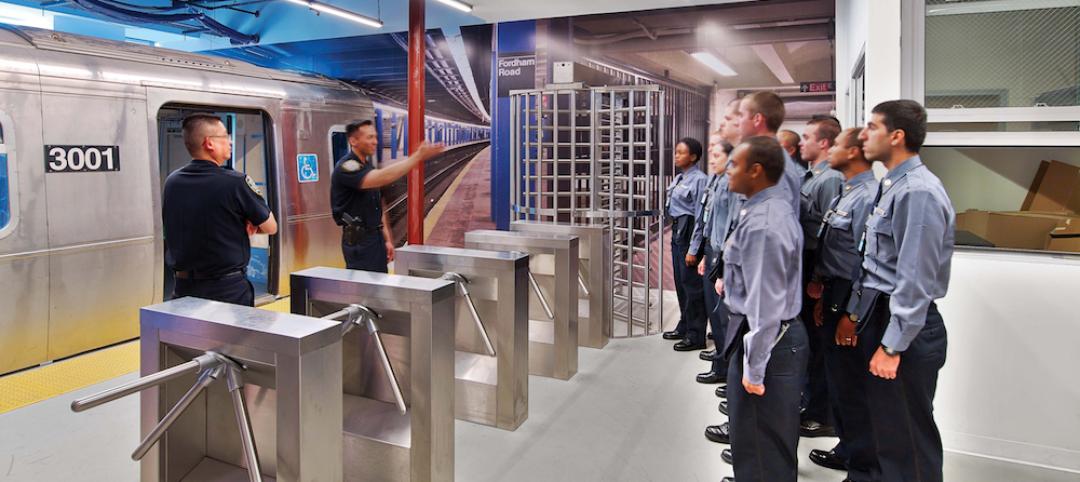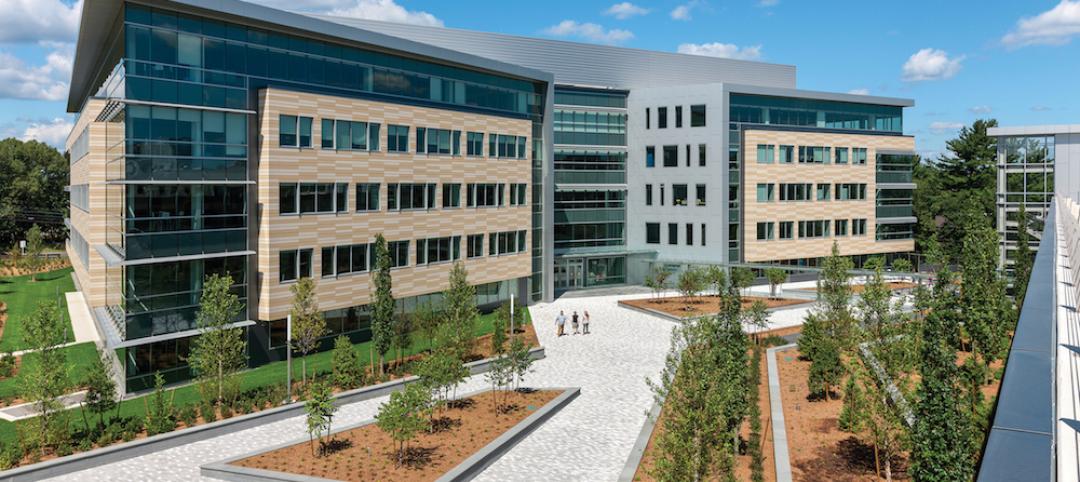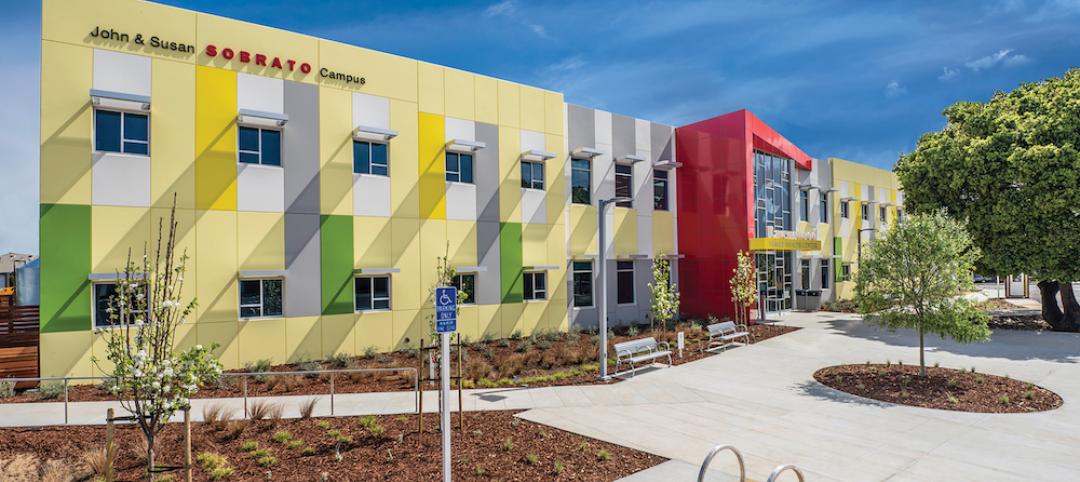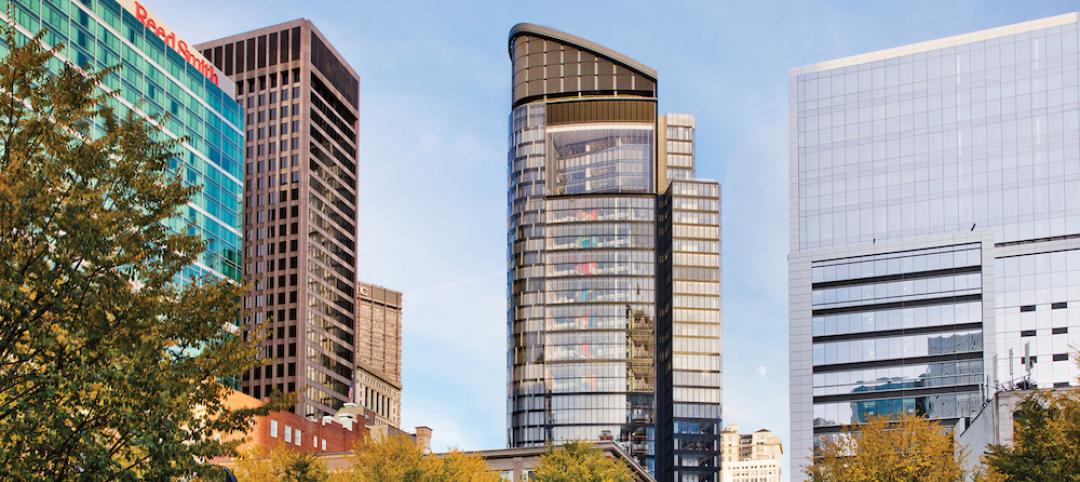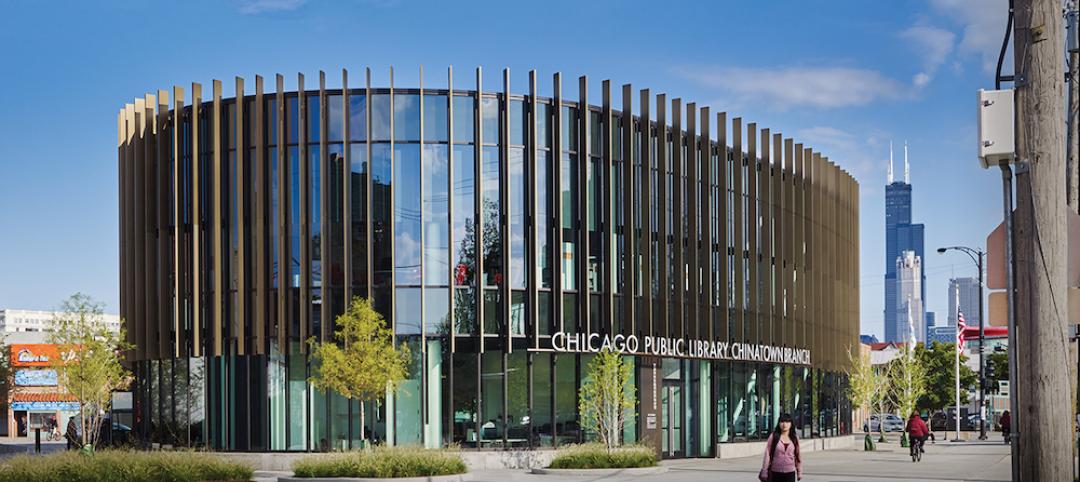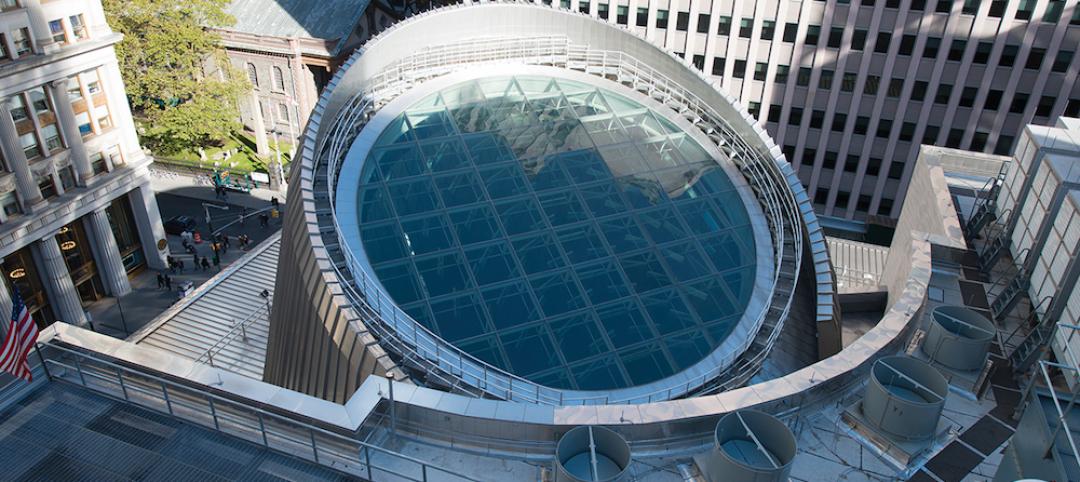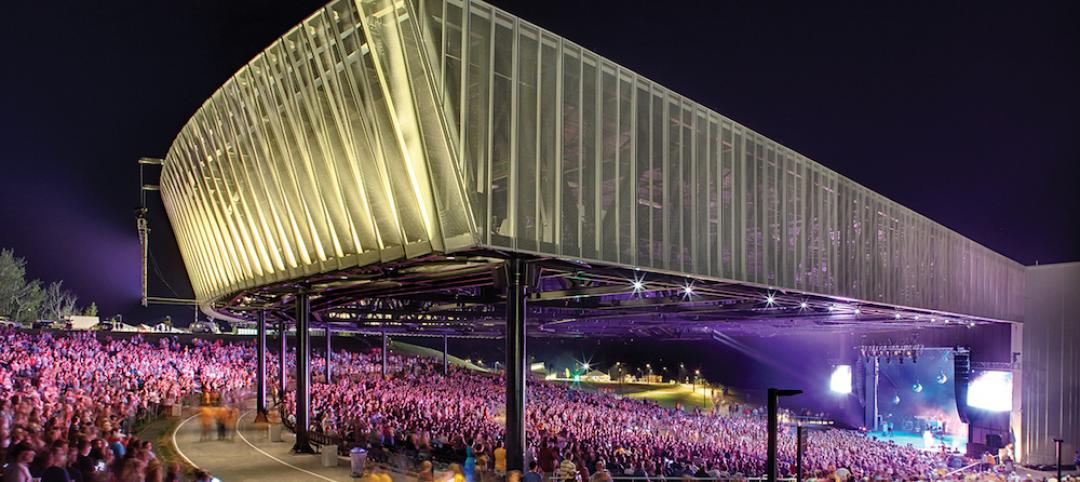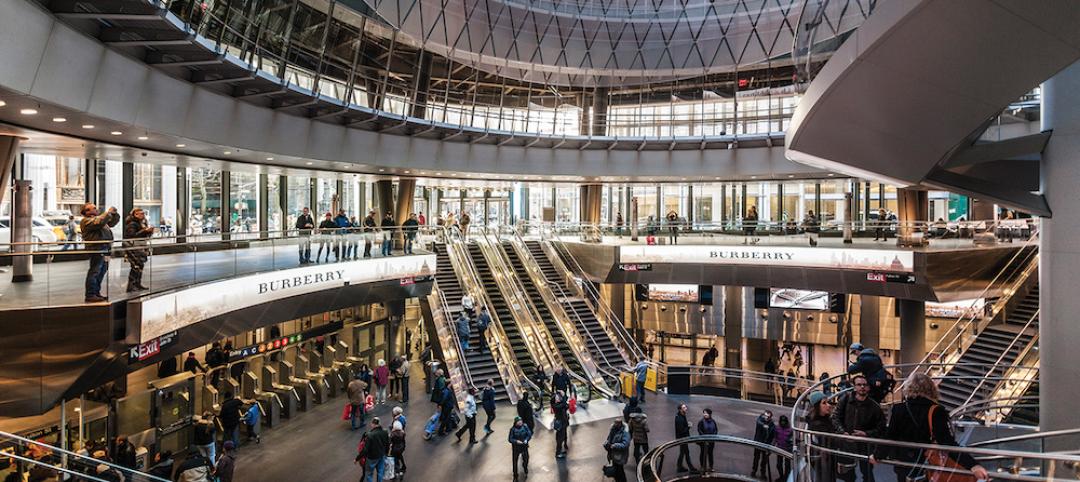Keep this tip sheet handy when preparing your Building Team Awards entry, as these are some items on which your project will be judged. Note: Your project may not touch on all these items. This is meant to be a checklist to guide your submittal.
Design, Engineering and Construction Considerations (50%)
- Land use planning, zoning, codes, regulations, etc.
- Overall quality of the design
- M/E/P innovations, fresh approaches
- Energy/environment breakthroughs
- Sustainable design, green building design, LEED
- Structural engineering issues and solutions
- Innovative construction methods, solutions
- Construction safety (extraordinary factors)
- Construction & demolition waste recycling efforts
- Unusual scheduling or timing demands (and solutions)
- Inventive use of materials; use of unusual or new materials
- Craftsmanship, detailing, elegance of execution
- Use of innovative technology, methods, tools
- Patents or inventions resulting from project
- Cost/budget issues – and evidence of resolution
- Evidence of performance-based design
- Security issues, unusual approaches, results
- Wayfinding; ADA considerations
- Commissioning results
- Post-occupancy evaluation; evidence of owner/user satisfaction
- Overall project quality and functionality
- Social or cultural relevance of project
- Other measures of success (job creation, neighborhood renewal, ADA, etc.)
- Project complexity: Was it especially challenging? In what way?
- Unusual owner/client requirements
- Site planning, parking, landscaping, user access
SUMMARY: How did the project push the envelope?
Building Team Collaboration + Involvement of Community, End Users & Stakeholders (50%)
- Evidence of extraordinary efforts to meet owner needs
- Involvement of surrounding community, neighbors, affected stakeholders
- Involvement of public officials, public agencies
- Charettes, planning sessions with community, end users, other relevant stakeholders
- Attention to surrounding environment, historic areas, community sensitivities
- Attention to environmental issues: wetlands, open space, recreation areas, etc.
- Extensive surveying, polling, or other techniques to gauge public opinion or gather ideas
- Unusual “gaming” or innovative tools to assess client or end-user needs
- Evidence of involvement of ‘less-empowered end-users’ (students in school project, nurses in hospital, minorities, disabled, etc.)
- Overcoming unanticipated changes in the program
- Overcoming natural disaster (flood, hurricane), man-made disaster (loss of power supply), materials shortages
- Unusual team-based solutions to budget restrictions, value engineering
- Unusual team-based solutions to keep project schedule on time
- Extraordinary effort in hiring women- or minority-owned firms
- Special social or cultural relevance of the project
- Additional measures of community-related success (jobs, neighborhood renewal, etc.)
- Special aspects related to user-occupant-tenant needs
SUMMARY: Did the project perform a public good? How?
Related Stories
Building Team Awards | May 27, 2016
Big police academy trains thousands of New York's finest
The Police Training Academy in Queens, N.Y., consists of a 480,000-sf academic/administration building and a 240,000-sf physical training facility, linked by an aerial pedestrian bridge.
Building Team Awards | May 26, 2016
Cimpress office complex built during historically brutal Massachusetts winter
Lean construction techniques were used to build 275 Wyman Street during a winter that brought more than 100 inches of snow to suburban Boston.
Building Team Awards | May 25, 2016
New health center campus provides affordable care for thousands of Northern Californians
The 38,000-sf, two-level John & Susan Sobrato Campus in Palo Alto is expected to serve 25,000 patients a year by the end of the decade.
Building Team Awards | May 24, 2016
Los Angeles bus depot squeezes the most from a tight site
The Building Team for the MTA Division 13 Bus Operations and Maintenance Facility fit 12 acres’ worth of programming in a multi-level structure on a 4.8-acre site.
Building Team Awards | May 23, 2016
'Greenest ballpark' proves a winner for St. Paul Saints
Solar arrays, a public art courtyard, and a picnic-friendly “park within a park" make the 7,210-seat CHS Field the first ballpark to meet Minnesota sustainable building standards.
Building Team Awards | May 20, 2016
Pittsburgh's Tower at PNC Plaza raises the bar on high-rise greenness
The Building Team designed the 800,000-sf tower to use 50% less energy than a comparable building. A 1,200-sf mockup allowed the team to test for efficiency, functionality, and potential impact on the building’s occupants.
Building Team Awards | May 19, 2016
Chinatown library unites and serves two emerging Chicago neighborhoods
The 16,000-sf, pebble-shaped Chinatown Branch Library was built at the intersection of new and old Chinatown neighborhoods. The goal is for the building to unite the communities and serve as a catalyst for the developing area.
Building Team Awards | May 19, 2016
NYC subway station lights the way for 300,000 riders a day
Fulton Center, which handles 85% of the riders coming to Lower Manhattan, is like no other station in the city’s vast underground transit web—and that’s a good thing.
Building Team Awards | May 16, 2016
Upstate New York performing arts center revives once-toxic lakefront site
Early coordination, prefabrication, and judicious value engineering contributed to the accelerated completion of the Onondaga Lakeview Ampitheater, a Upstate New York design-build project.
Building Team Awards | May 16, 2016
12 building projects that represent the best in AEC team collaboration
A busy, light-filled Manhattan subway station and a pebble-shaped Chicago library are among the winners of the 19th annual Building Team Awards.


